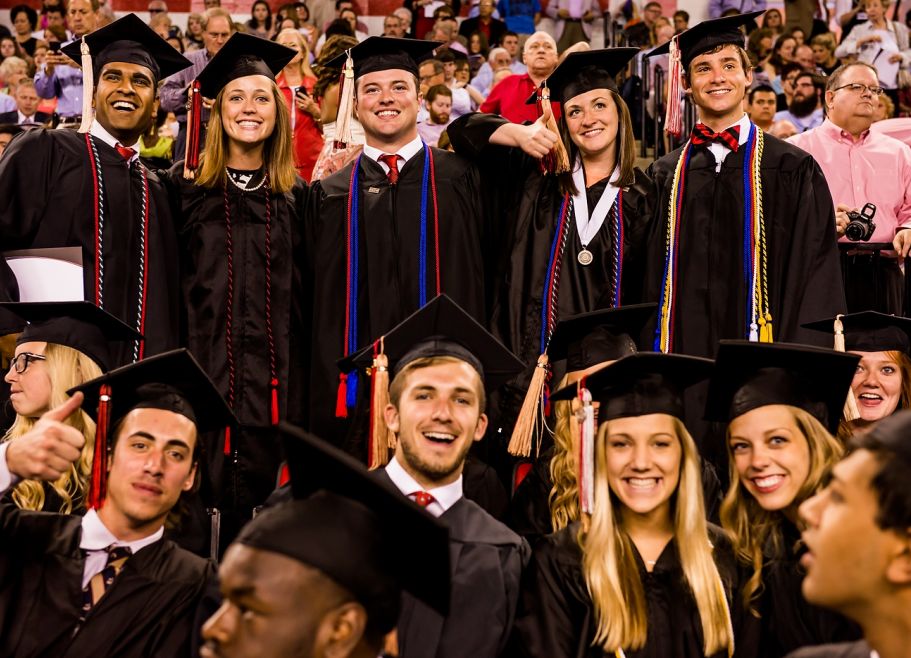JOURNALS || EIJO Journal of Science, Technology and Innovative Research (EIJO – JSTIR) [ ISSN : 2455 - 9938 ]
Abstract
With the rapid development of large-scale renewable energy sources and HVDC grid, it is a promising option to connect the renewable energy sources to the HVDC grid with a pure dc system, in which high-power high-voltage step-up dc–dc converters are the key equipment to transmit the electrical energy. This paper proposes a resonant converter which is suitable for grid-connected renewable energy sources. The converter can achieve high voltage gain using an LC parallel resonant tank. It is characterized by zero-voltage-switching (ZVS) turn-on and nearly ZVS turn-off of main switches as well as zero-current-switching turn-off of rectifier diodes; moreover, the equivalent voltage stress of the semiconductor devices is lower than other resonant step-up converters. The operation principle of the converter and its resonant parameter selection is presented in this paper. The operation principle of the proposed converter has been successfully verified by simulation and experimental results.
Keywords: Renewable Energy, Resonant Converter, Soft Switching, Voltage Step-Up, Voltage Stress.
Trans. Power Delivery, vol. 25,no. 4, pp. 2164–2173, Oct. 2010.
[3] F. Blaabjerg, Z. Chen, and B. S. Kjaer, “Power electronics as efficientinterface in dispersed power generation systems,” IEEE Trans. PowerElectron., vol. 19, no. 5, pp. 1184–1194, Sep. 2004.
[4] F. Blaabjerg, F. Iov, Z. Chen, and K. Ma, “Power electronics and controlsfor wind turbine systems,” in Proc. IEEE Int. Energy Conf. Exhib., Dec.2010, pp. 333–344.
[5] N. Mohan, T. M. Undeland, and W. P. Robbins, Power Electronics:Converters, Applications, and Design, 3rd ed. New York: Wiley,2003.
[6] N. Y. Dai, M. C.Wong, and Y. D. Han, “Application of a three-level NPCinverter as a three-phase four-wire powe quality compensator by generalized3DSVM,” IEEE Trans. Power Electron., vol. 21, no. 2, pp. 440–449,Mar. 2006.
[7] X. Ruan, B. Li, Q. Chen, S. C. Tan, and C. K. Tse, “Fundamental considerationsof three-level dc-dc converters: Topologies, analyses, and control,”IEEE Trans. Circuits Syst. I, Reg. Papers, vol. 55, no. 11, pp. 3733–3743,Dec. 2008.
[8] Z. Zhang and X. Ruan, “ZVS PWM full-bridge three-level converter,”in Proc. 4th Int. Power Electron. Motion Control Conf., 2004, pp. 1085–1090.
[9] Z. Zhang and X. Ruan, “A novel double phase-shift control scheme for full-bridge three-level converter,” in Proc. 20th Annu. IEEE Appl. PowerElectron. Conf. Expos., Mar. 2005, pp. 1240–1245.
[10] P. J. Grbovic, “High-voltage auxiliary power supply using seriesconnectedMOSFETs and floating self-driving technique,” IEEE Trans.Ind. Electron., vol. 56, no. 5, pp. 1446–1455, May 2009.
[11] P. J. Grbovi´c, P. Delarue, P. Le Moigne, and P. Bartholomeus, “A bidirectional three-level dc-dc converter for the ultracapacitor applications,”IEEE Trans. Ind. Electron., vol. 57, no. 10, pp. 3415–3430, Oct.
[12] P. M. Barbosa, F. Canales, J. M. Burd´?o, and F. C. Lee, “A three-levelconverter and its application to power factor correction,” IEEE Trans.Power Electron., vol. 20, no. 6, pp. 1319–1327, Nov. 2005.
[13] J. R. Pinheiro and I. Barbi, “The three-level ZVS-PWM dc-to-dc converter,”IEEE Trans. Power Electron., vol. 8, no. 4, pp. 486–492, Oct.1993.
[14] S. Inoue and H. Akagi, “A bidirectional isolated dc-dc converter as acore circuit of the next-generation medium-voltage power conversion system,”IEEE Trans. Power Electron., vol. 22, no. 2, pp. 535–542, Mar.2007.
[15] M. Malinowski, K. Gopakumar, J. Rodriguez, andM. A. P´erez, “A surveyon cascaded multilevel inverters,” IEEE Trans. Ind. Electron., vol. 57,no. 7, pp. 2197–2206, Jul. 2010.
[16] S. Kouro, M. Malinowski, K. Gopakumar, J. Pou, L. G. Franquelo, B.Wu,J. Rodriguez, M. A. P´ere, and J. I. Leon, “Recent advances and industrialapplications of multilevel converters,” IEEE Trans. Ind. Electron., vol. 57,no. 8, pp. 2553–2580, Aug. 2010.
[17] J. Rodriguez, S. Bernet, B. Wu, J. O. Pontt, and S. Kouro, “Multilevelvoltage-source-converter topologies for industrial medium-voltagedrives,” IEEE Trans. Ind. Electron., vol. 54, no. 6, pp. 2930–2945, Dec.2007.
[18] S. Kenzelmann, A. Rufer, M. Vasiladiotis, D. Dujic, F. Canales, andY. R. de Novaes, “A versatile dc–dc converter for energy collection anddistribution using the modular multilevel converter,” in Proc. 14th Eur.Conf. Power Electron. Appl., Aug./Sep. 2011, pp. 1–10.
[19] M. Saeedifard and R. Iravani, “Dynamic performance of a modular multilevelback-to-back HVDC system,” IEEE Trans. Power Delivery, vol. 25,no. 4, pp. 2903–2912, Oct. 2010.
[20] M. A. Parker, N. Chong, and R. Li, “Fault-Tolerant control for a modulargenerator-converter scheme for direct-drive wind turbines,” IEEE Trans.Ind. Electron., vol. 58, no. 1, pp. 305–315, Jan. 011.
[21] R. Mel´?cio, V. M. F. Mendes, and J. P. S. Catal˜ao, “Comparative studyof power converter topologies and control strategies for the harmonicperformance of variable-speed wind turbine generator systems,” Energy,vol. 36, no. 1, pp. 520–529, Jan. 2011.



